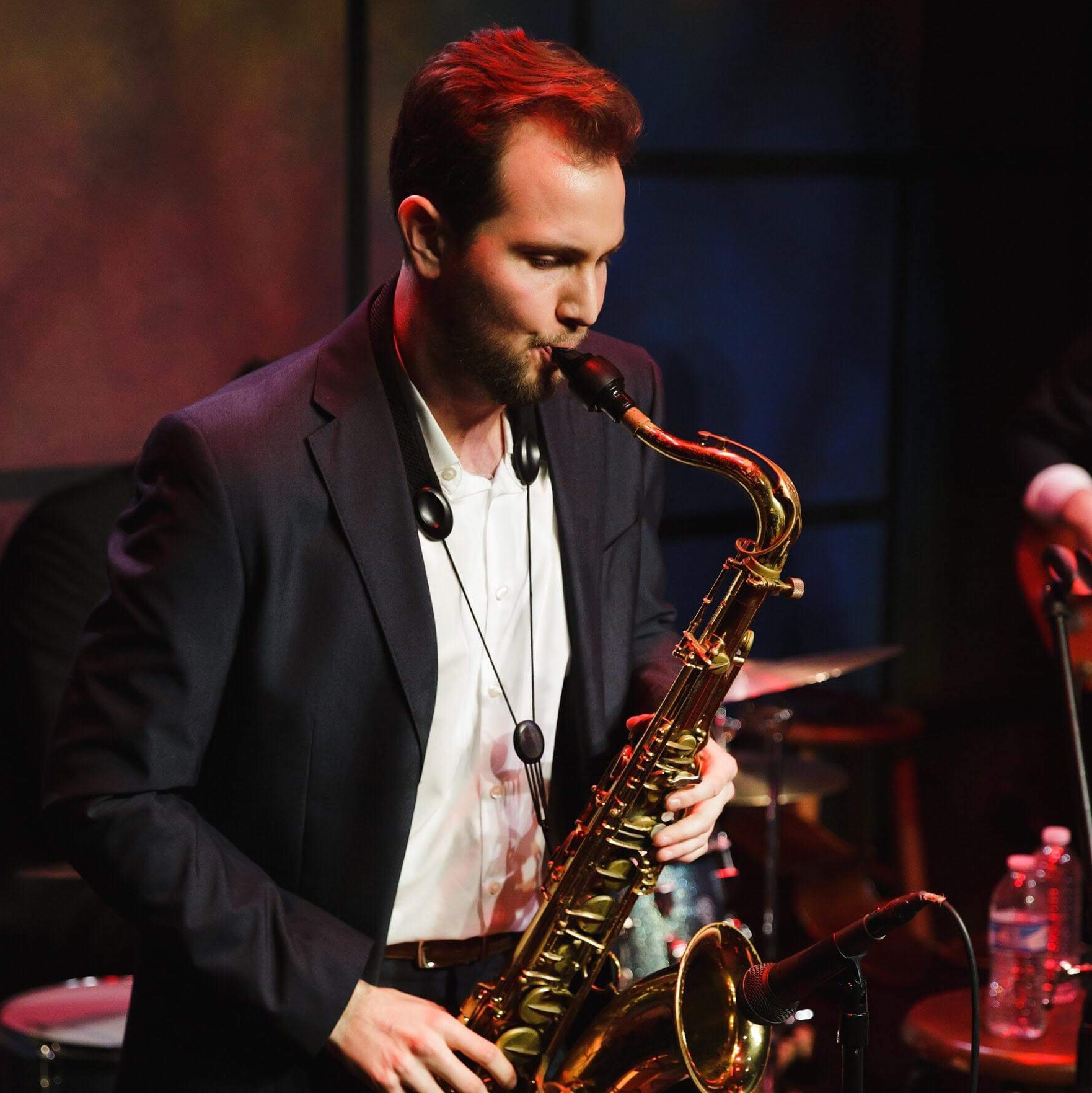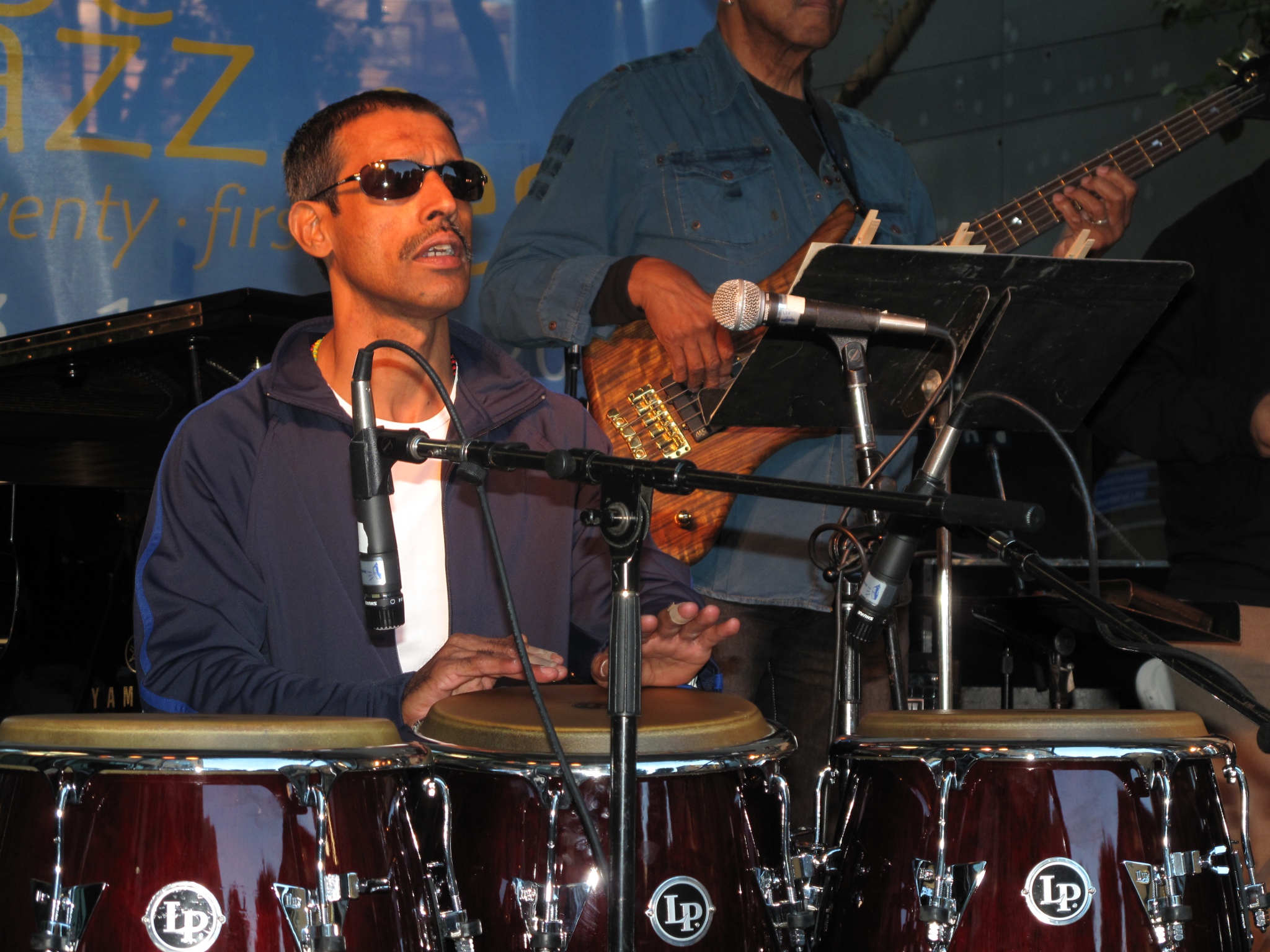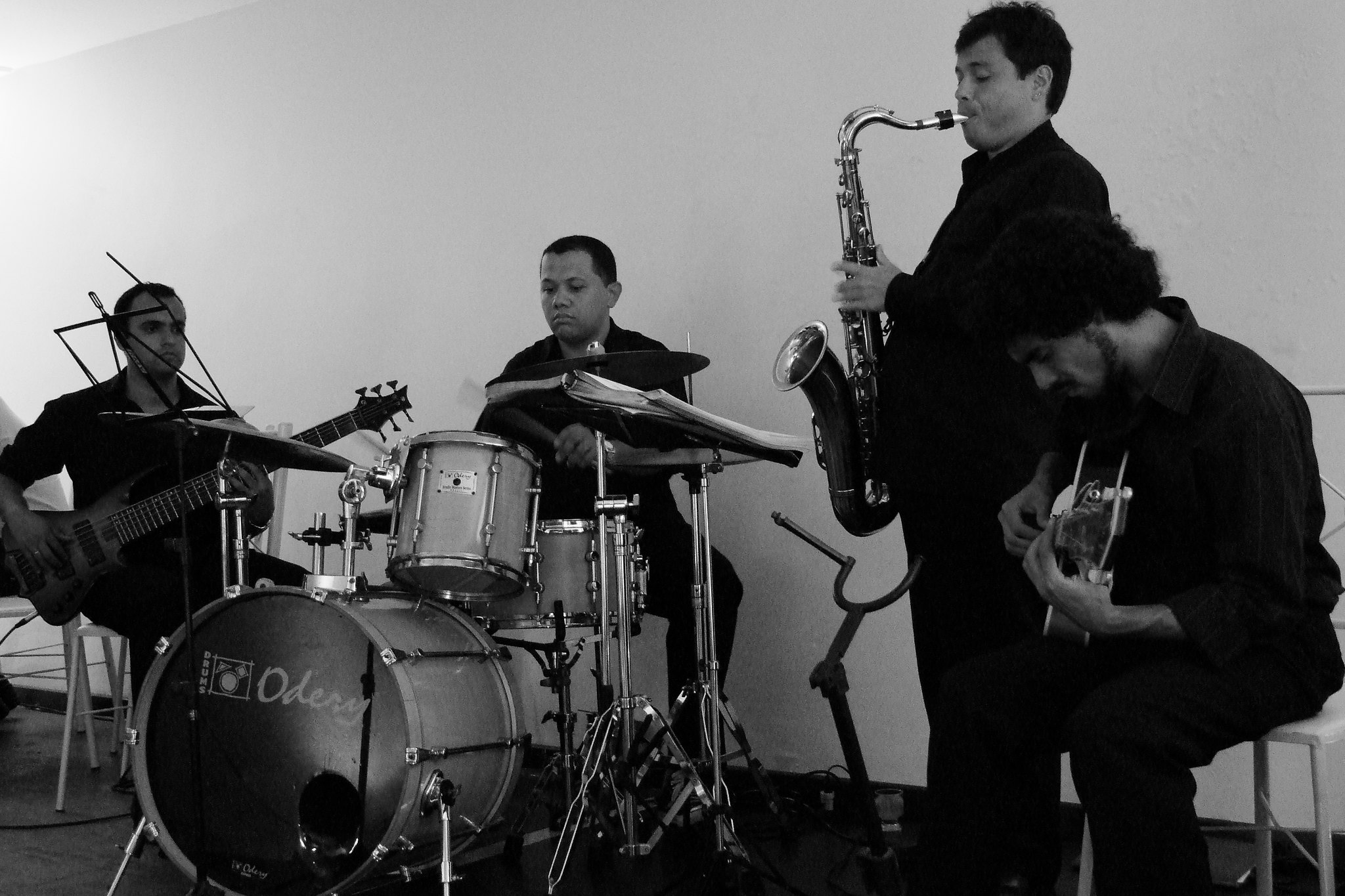Most musicians are aware of the musical styles of swing and bebop. An evolution of ragtime and blues, swing music was a combination of African rhythms and Western harmonic concepts that became the dominant style of music in the mid/late 1920s and lasted until 1945. This era of music, known as the “Swing Era”, was eclipsed by an offshoot of itself that would be known as bebop.
An equally important, popular in its time, and personally my favorite style of jazz music, is that of Hard Bop, a subset of jazz that lasted from 1955 to 1965. While not the topic of as many college curriculums, without hard bop there might not have been any of the post-bop music that we have come to love; music such as The Brecker Brothers, Ambrose Akinmusire, Robert Glasper, etc.
But what makes Hard Bop stand out as different?
Style Characteristics
Key characteristics of Hard Bop include:
Increased focus on the blues and other gospel influences, among which are:
- Dominant chords
- Blues Scales
- Bent notes
- Pedal points and sus chords
- Repetition/call and response
Minor key centers were far more common.
Simpler melodies/chord progressions: more simplicity meant that soloists could take more liberties with their interpretations.
Driving rhythms deriving from backbeat on 2 and 4
Hard bop was purposefully meant to be danceable, unlike bebop earlier and post-bop later.
More emotive and raw sounding.
More horn section harmonies during melody, unlike the unison melodies of the Bebop Era.
Return to Melody
One of the most obvious changes that came with this new musical style was its renewed focus on singable melodies. This was a divergence from bebop music of the time; typically consisting of much more complex melodies.
If you were wondering why highly accomplished jazz musicians would want to simplify their music, there's actually a very good reason. Simpler music was generally more accessible to the masses, enabling jazz music to have a resurgence during this time period. At the end of the day, music is a business, and these musicians needed to pay their bills just like anyone else.

Notice how intricate the melodic and harmonic content are in the bebop standard. With a multitude of rhythms and an almost rollercoaster-like line through the many different chord progressions, this song was beautiful and interesting to sit and listen to, however most would be hard-pressed to attempt to dance along.

In direct contrast, this Kenny Dorham piece is stunningly simple. Written using only 1 main motif and using mostly ii chord pedals and basic ii V i progressions in descending fashing to create harmonic interest, Blue Bossa is essentially the antithesis of the bebop example in composing philosophy.
Rhythms and Changes
As with the melody, so too did the rhythms and chord progressions return to a more base state.
Artists began to use fewer chords, and would use what they had in a less graceful, more intervallic fashion. Much of this was attained by using far more back-to-back dominant chord movements that would make any classical composer confused and upset to play.
Drummers also went through a change; they began to put greater emphasis on beats 2 and 4 throughout songs in order to form a backbeat groove that once again inspired listeners to begin dancing along to the music.
All of these changes, from rhythms to melodies, were all done as a way to get people back on the dance floor whether they were new listeners or long-time fans.
Looking for more in-depth knowledge about the various Blues and other standard jazz forms and how to play them? If so, then this book is for you! Covering many different common jazz song forms, this book dives into chord progressions, structural formulas, essential three-chord construction, and much more. Three books in one!
Reactionary Influence
When enrolled in your local college’s jazz history class, you are typically taught that the creation of hard bop was a direct reaction to cool jazz’s rise to prominence years before, and to a limited extent that is true.
Miles Davis, arguably the creator of cool jazz, was known to go through periods where he would change his approach when he felt like he had mastered a genre in an attempt to always stay on the cutting edge of musical development. He was extremely successful at these changes. So, it makes sense to attribute Miles’ desire to turn away from cool jazz as a reaction that most other musicians had embraced it. However, this was not the case.
According to jazz record producer Michael Cuscuna, “Both Horace and Art knew that the only way to get the jazz audience back and make it bigger than ever was to really make music that was memorable and planned, where you consider the audience and keep everything short. They really liked digging into blues and gospel, things with universal appeal.” Rabaka 1
Both in the late 1950s and 00s, jazz artists were experiencing a noticeable drop in popularity and relevance, therefore in order to help get audiences engaged once again, the artists resorted back to earlier, more base level influences; these being gospel and blues in the 1950s and hip hop for the 00s.
Social Influences
Nothing is made in a vacuum, and the same is true of music. Every new era of music is influenced in some shape or form by the people creating it, and by the societal issues of the times; hard bop just so happens to have been taking place during one of the most turbulent and important time spans of American history.
Starting in the 40s and continuing on until the late 60s, the Civil Rights Movement would have had a huge impact on black jazz artists of the time. These artists and were directly dealing with the racial, social, and economic matters that the movement sought to fix.
As is always the case with creatives, the musicians during this period began to write and play music that reflected their mental states and perspectives. This was an important factor in the development of hard bop; no longer desiring to play more cerebral songs, the return to more simplistic and primal nature was an incredibly tantalizing escape from the turmoil of mid-century America.
Founding Artists
Consistent with the trend in jazz for one or two artists to be the impetus for a whole new style, there were two jazz groups that really set the standard for the hard bop sound.
Most prominent in setting the tone and style of the genre was the previously mentioned Art Blakey and Horace Silver’s group The Jazz Messengers. The groups’ two biggest hits actually outline their influences quite well:
An early composition from the group during the time when Horace Silver was the bandleader, The Preacher is full of old Gospel influence, and due to this hearkening back to older styles the song actually almost wasn’t released.
From a later period in which Art Blakey had taken over the group, the Blues is the most prominent influence behind the writing and performance of this song.
The other highly prominent artist that helped to shape the growth of Hard Bop was the master Miles Davis.
Davis’ influence on the genre was actually very interesting because rather than overtly shape the sound of the style in a hugely different direction from The Jazz Messengers, just the fact that he was playing in the hard bop style and exposing his massively loyal fanbase to it was great in getting the word out that there was a new kind of jazz in town.
Artists To Check Out
The Jazz Messengers - Moanin’
Horace Silver - Song For My Father
Sonny Rollins - Saxophone Colossus
Miles Davis - Walkin’, Relaxin’
Lee Morgan - Candy
Clark Terry - Self Titled
Jackie McClean - New Soil
Freddie Hubbard - Breaking Point
Cannonball Adderley - Somethin Else
John Coltrane - Blue Trane
Soul Station - Hank Mobley
Rabaka, R. (2013). P 226. In The hip hop movement: From RetB and the civil rights movement to rap and the hip hop generation. Lanham, MD: Lexington Books.







